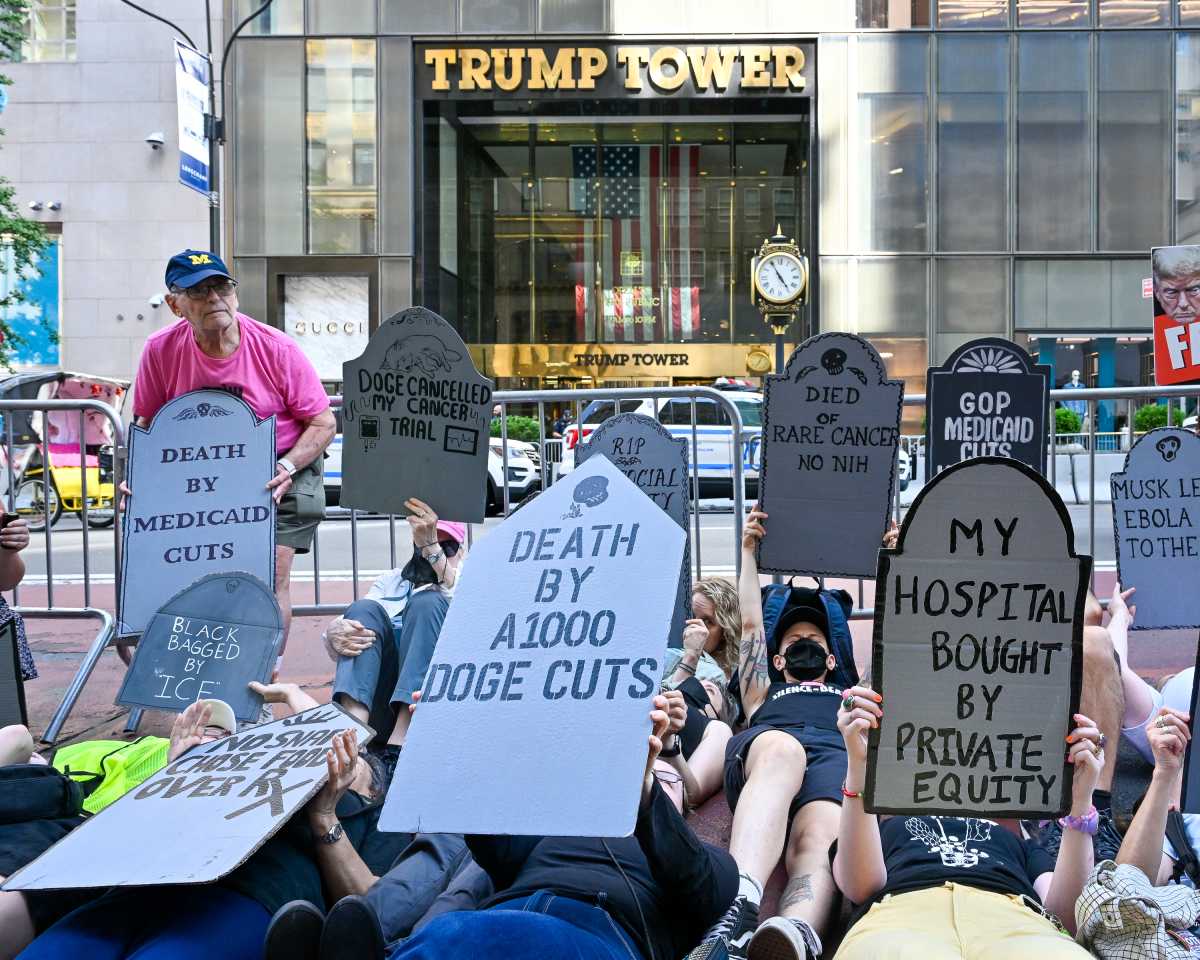The most baffling thing about the rash of controversial fatalities, where persons of color have met their deaths at the hands of white cops, is that the cycle endures. We’ve said before and again insist, that once these headline-making bouts of deadly rogue-cop action, spread far and wide across the country, conveyed a sense of a disquieting trend having set in, enhanced personnel monitoring in the nation’s law enforcement entities ought to have become the required no-brainer preventive move. Yet here we are, our consciousness freshly assaulted (never mind the latest attention grabber being already a year on the books before the gory details became known), horrified again that extreme abuse of police authority directed toward persons of color evidently still isn’t the rarity that, at worst, it should be.
There simply is no way to arrive at a rational conclusion excusing the action of the Chicago cop who ended the life of 17-year-old Laquan McDonald a year ago. It’s appropriate that the officer has been charged with first-degree murder, albeit a year after he chose to mete out “justice” of his own fashioning. But hardly does this speak to why a guy capable of discharging 16 rounds into a teenager posing no apparent threat was cleared as okay to make the often snap judgments required of a peacekeeper out on the streets.
Chicago authorities have tried to make the case that there was nothing questionable about the timing of the murder indictment, coming mere days after a judge had ordered release of the damning video that had earlier been withheld from public view. Needless to say, few are likely convinced that coincidence alone accounted for that confluence of events. And to the strange plot in Chicago must be added that the city made a money offer and settlement with the family of the deceased youngster even before litigation could get into the fray.
Always, though, it will be the maniacal reaction of one cop among those involved in the Chicago drama that perhaps gives the incident notoriety as having produced classic unfit-for-the-role behavior we have all witnessed. Chicago thus joins other celebrated examples of police reaction totally out of control that, thanks to today’s ever-present video evidence, has made manipulation of the facts more challenging for all sides. The relatively muted comment of a Chicago police union representative probably spoke volumes. Speaking after bail was posted for the offending cop, the PBA representative said he thought the officer had acted appropriately but that if a judge and jury found otherwise, “he would have to pay the consequences.”
It is difficult to imagine there being no prior manifestations of a cop’s predisposition to behavior such as shooting a non-threatening teen 16 times. That highly explosive reaction suggests a rage factor that seems not exactly the ideal fit for anyone engaged in maintaining civic order. Even if in the Chicago incident the cop’s over-the-top response was a shock to partners and superiors alike, if indeed there were no earlier intimations of it, there can be no assuming that in all other instances of excessive force or other disgusting conduct toward persons of color, such tendencies have been all along concealed by the guy on the hot seat. The more likely reality, for sure, is that officers disposed to rogue behavior are known to partners or superiors or both.
We cannot stress enough that police departments across the country are staffed for the most part by individuals who discharge their law enforcement responsibilities in a manner that honors themselves and the communities they serve. What’s also beyond question is that the police ranks will invariably include misfits — persons who by temperament, or because of emotional hiccups of some kind, or whatever else don’t belong where they are. And with respect particularly to white cops’ interaction with minorities of color, we need not be coy about what this demands of the folks on the law-and-order side. That some of these guardians of the peace have a hard time meeting the high race relations bar should be no surprise.
Maybe it requires a federal government impetus to get the nation’s police agencies signed on to comprehensive evaluation of the rank and file officers who daily face being tested on the front lines. The frequency with which African Americans have come out on the tragically losing end of encounters with white officers makes clear that more needs be done by way of sensitivity training and, even pre-dating that, aptitude for the role in the first place. Either there’s general agreement on re-visiting what’s now the norm. Or we await, unavoidably, the next iteration of the Eric Garner story on Staten Island, or Walter Scott in South Carolina, or Laquan McDonald in Chicago.























